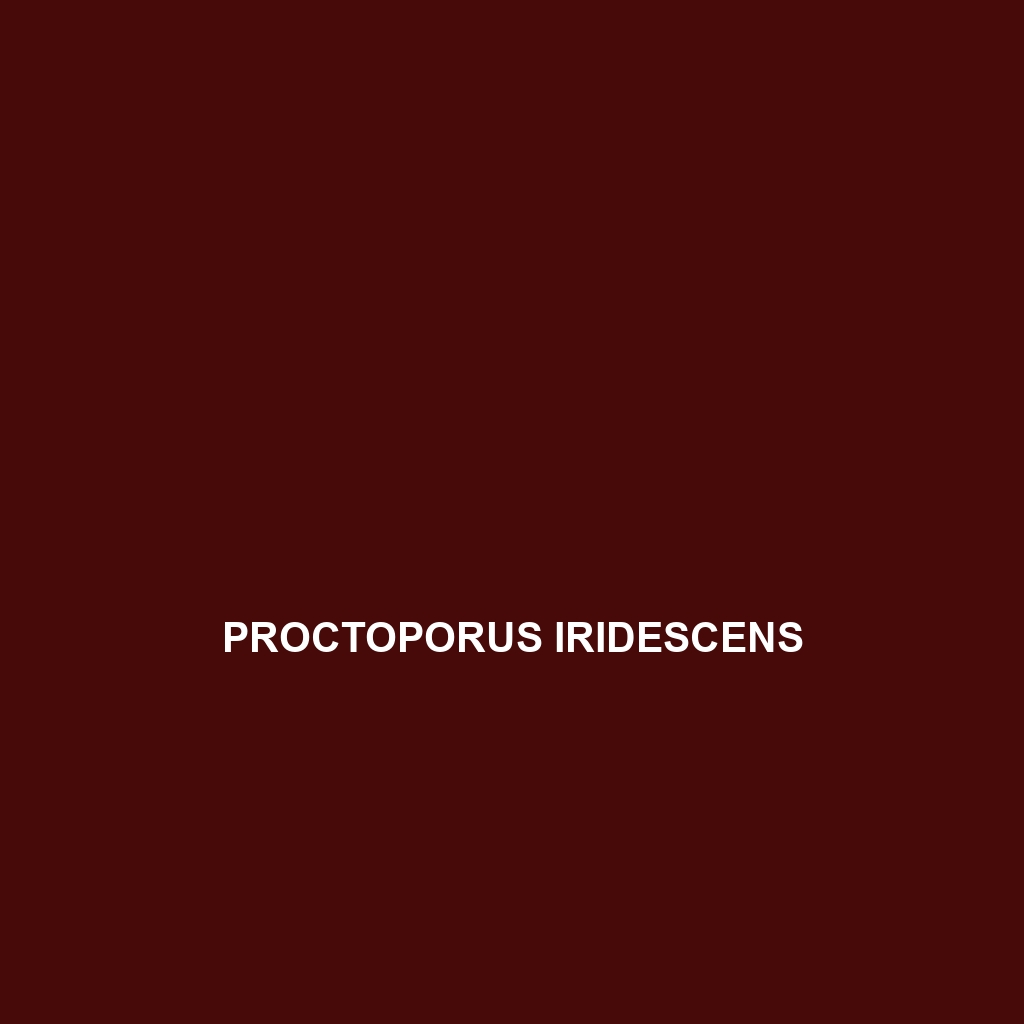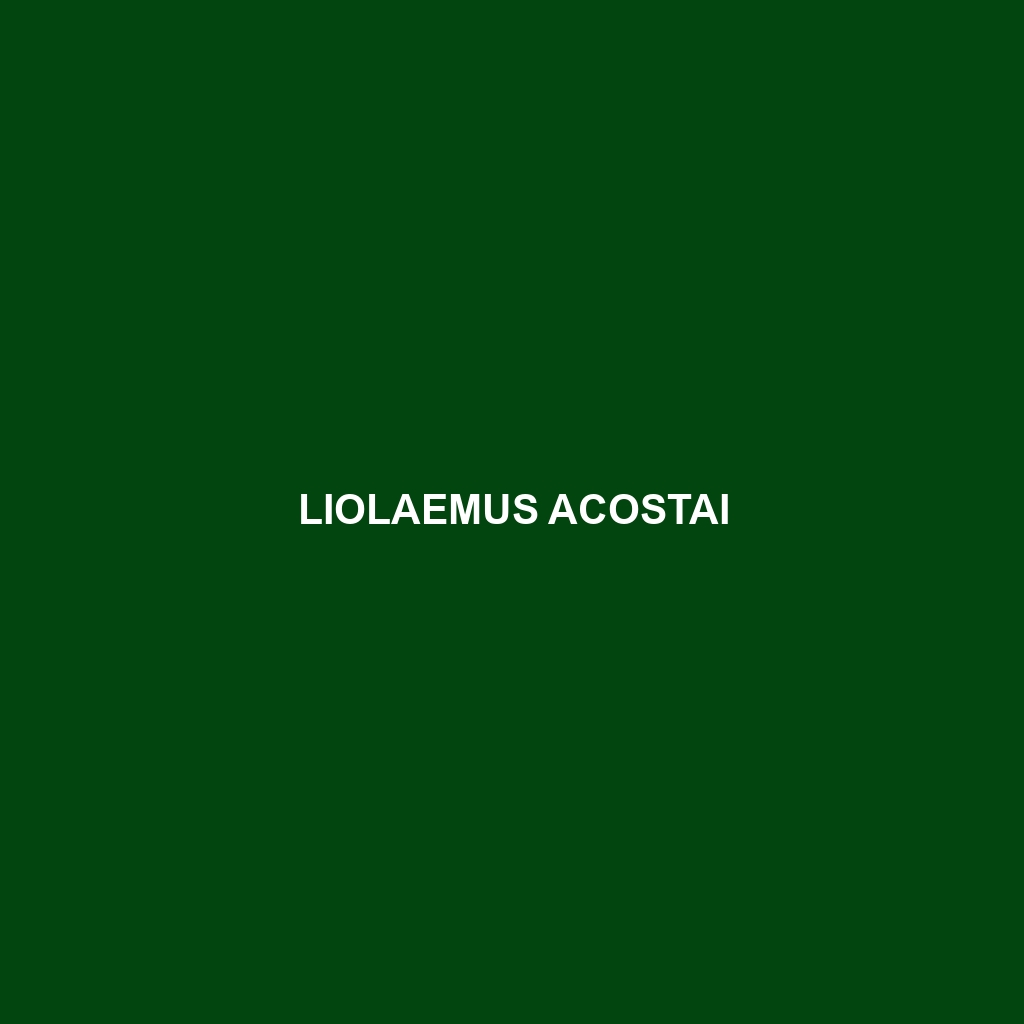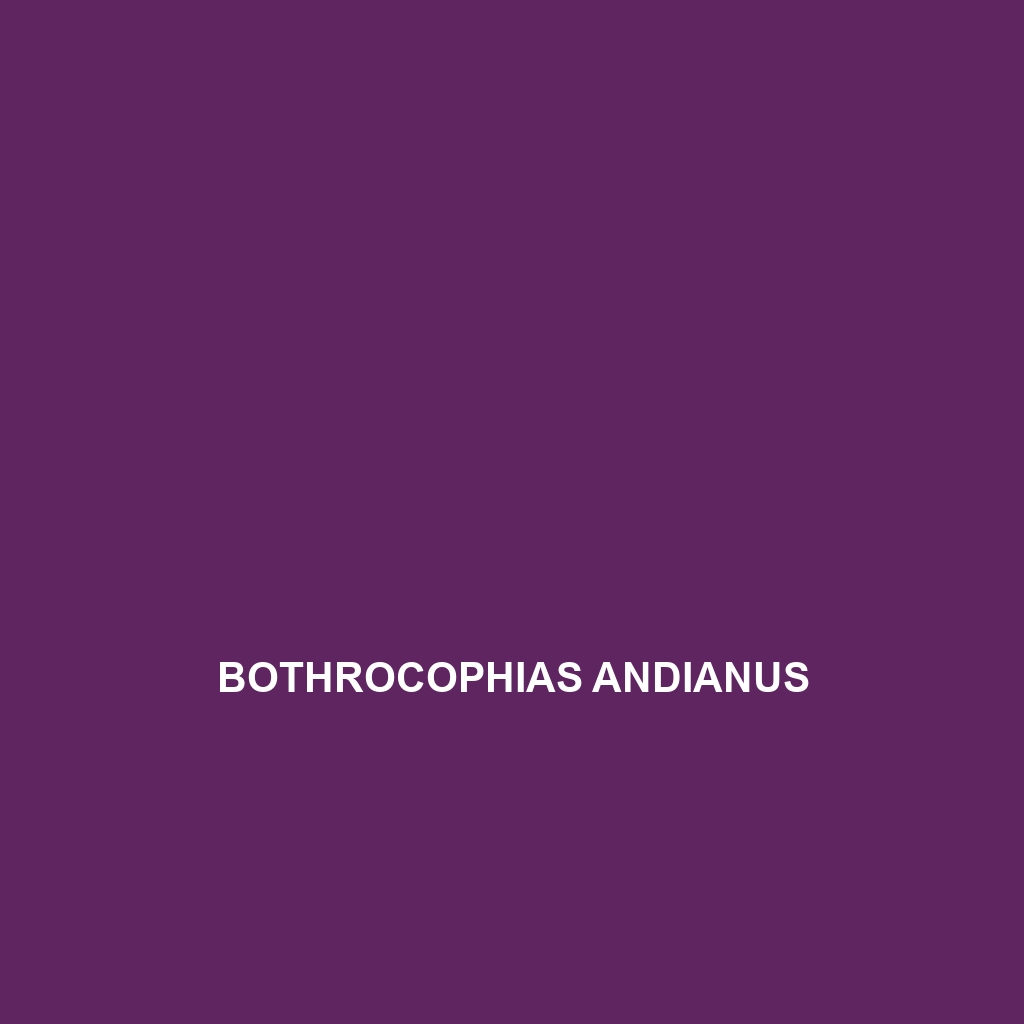<p><b>Proctoporus iridescens</b>, known as the iridescent lizard, showcases a stunning iridescent coloration and a slender build, typically measuring 15 to 20 centimeters in length. Found in the rainforests of South America, this insectivorous reptile plays a crucial role in maintaining ecological balance by regulating insect populations and serving as prey for larger animals.</p>
Tag: Andean biodiversity.
Pristidactylus volcanensis
<b>Pristidactylus volcanensis</b>, a vulnerable lizard native to the moist high-altitude forests of the Andes in Ecuador, features a slender body up to 15 cm long, with rough skin for camouflage and a distinctive dorsal crest. Primarily insectivorous, these diurnal climbers play a crucial role in their ecosystem by regulating insect populations and serving as prey for larger species.
Proctoporus iridescens
<p><b>Proctoporus iridescens</b>, known as the iridescent lizard, showcases a stunning iridescent coloration and a slender build, typically measuring 15 to 20 centimeters in length. Found in the rainforests of South America, this insectivorous reptile plays a crucial role in maintaining ecological balance by regulating insect populations and serving as prey for larger animals.</p>
Pristidactylus volcanensis
<b>Pristidactylus volcanensis</b>, a vulnerable lizard native to the moist high-altitude forests of the Andes in Ecuador, features a slender body up to 15 cm long, with rough skin for camouflage and a distinctive dorsal crest. Primarily insectivorous, these diurnal climbers play a crucial role in their ecosystem by regulating insect populations and serving as prey for larger species.
Liolaemus lentus
<li><b>Liolaemus lentus</b> is a medium-sized lizard native to the temperate forests and rocky areas of the Andean region in Chile and Argentina, known for its striking earthy coloration and distinctive dorsal patterns. This insectivorous species exhibits diurnal behavior, engaging in territorial displays during the mating season, and plays a crucial role in its ecosystem by regulating insect populations while serving as prey for various predators.</li>
Liolaemus acostai
Explore the captivating Liolaemus acostai, a moderately-sized lizard native to the high-altitude regions of northern Argentina, known for its striking coloration and herbivorous diet. Adapted to rocky terrains, this Vulnerable species plays a critical role in its ecosystem by regulating plant populations and serving as prey for larger animals.
Bothrocophias andianus
<h2><b>Bothrocophias andianus</b></h2> <p>This striking snake, found in the high-altitude environments of the Andean mountain range, is known for its earth-toned coloration, ambush hunting behavior, and its crucial role in maintaining ecosystem balance. With a vulnerable conservation status, it primarily preys on small mammals and birds while adapting to its rocky habitat.</p>
Anolis orcesi
Discover the Anolis orcesi, a remarkable lizard from the humid montane forests of Ecuador, measuring 8 to 12 cm with a slender body and vibrant dewlap in males. This insectivorous species plays a key ecological role by controlling pest populations and faces conservation challenges due to habitat loss.
Andinosaura hyposticta
The Andinosaura hyposticta, a vibrant green lizard native to the tropical montane cloud forests of the Andes, thrives in humid environments and preys primarily on insects. With a body length of 15 to 20 centimeters, it exhibits remarkable camouflage and plays a vital role in maintaining ecological balance within its ecosystem.









